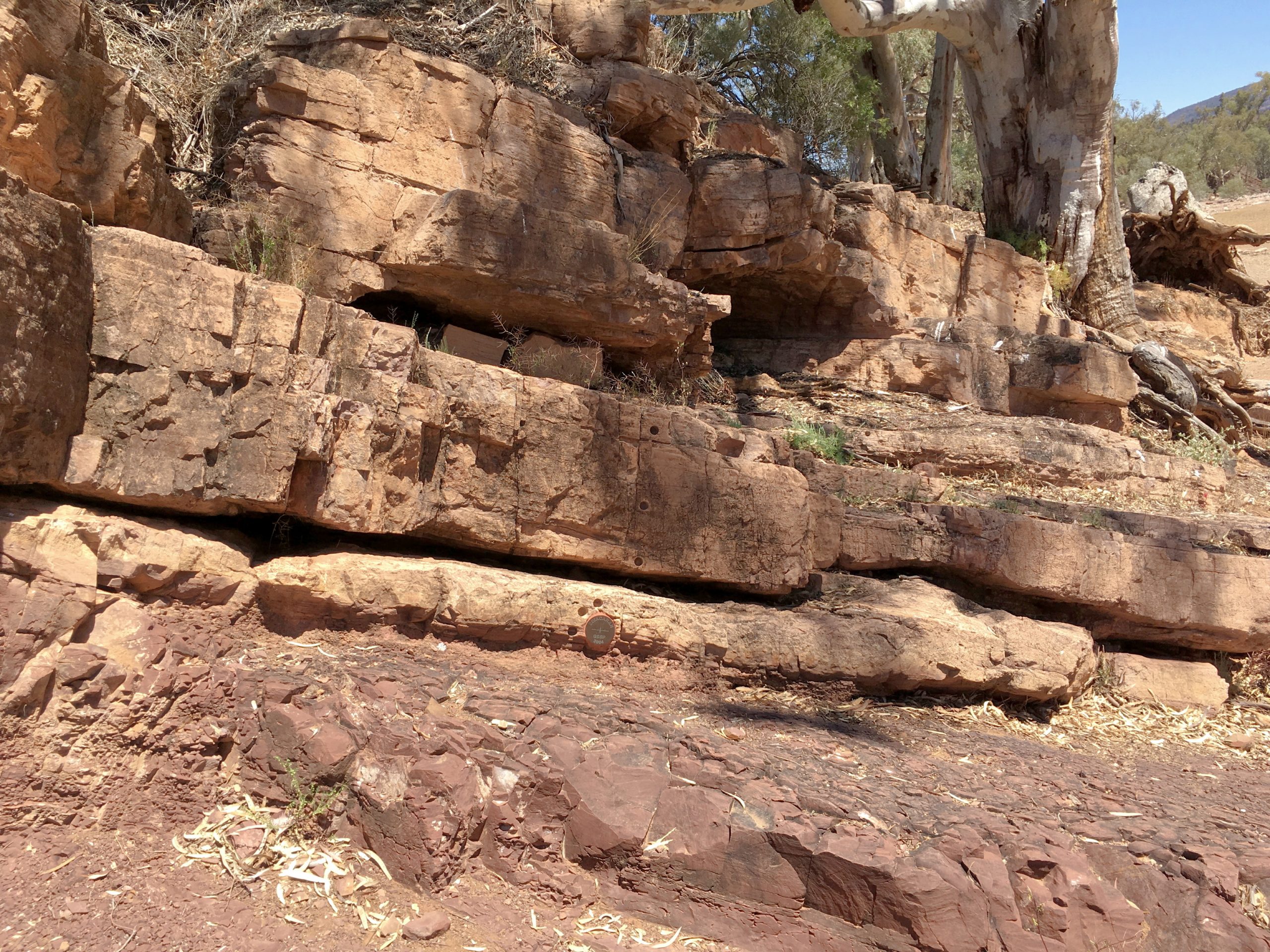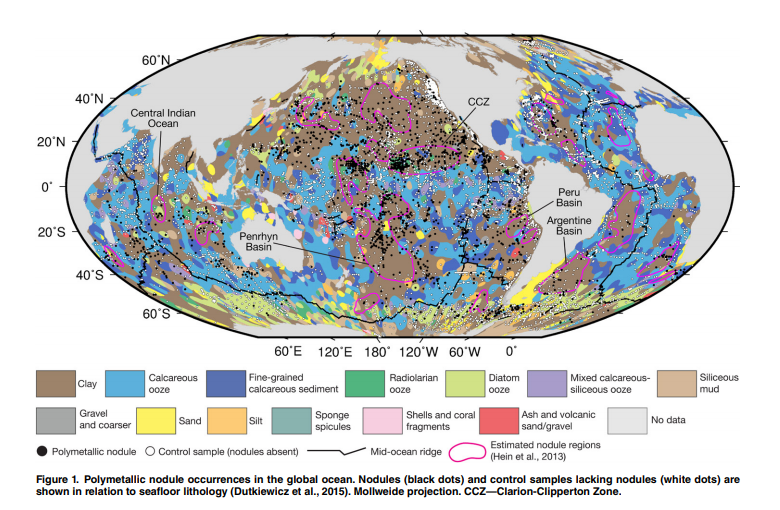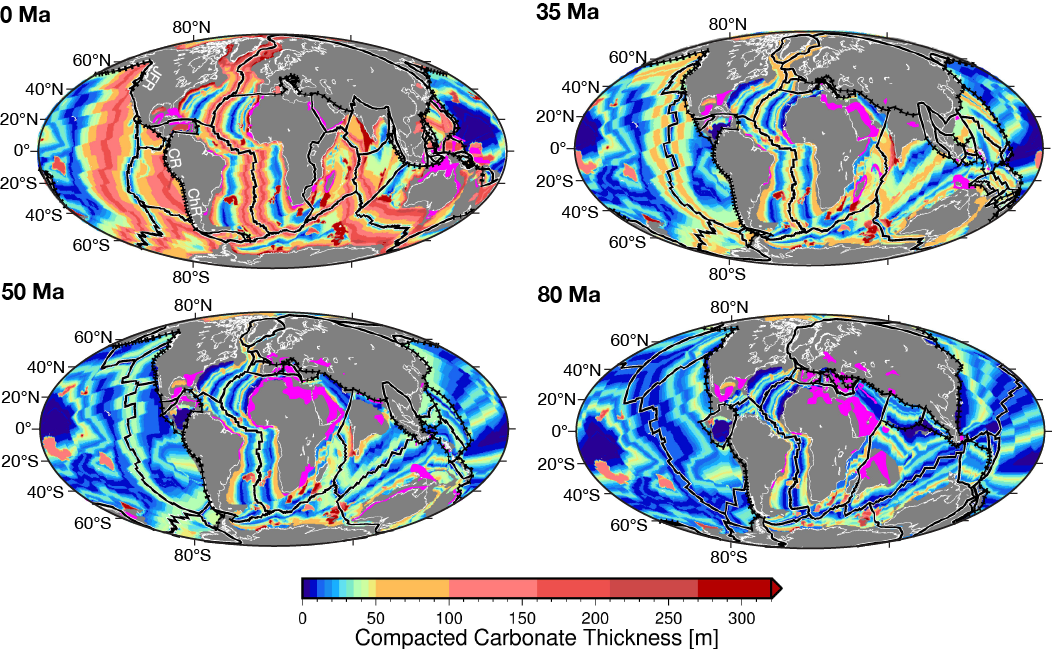Solid Earth carbon degassing and sequestration since 1 billion years ago
Solid Earth CO2 outgassing, driven by plate tectonic processes, is a key driver of carbon cycle models. However, the magnitudes and variations in outgassing are poorly constrained in deep-time. We assess plate tectonic carbon emissions and sequestration by coupling a plate tectonic model with reconstructions of oceanic plate carbon reservoirs and with a thermodynamic model … Read more…





























